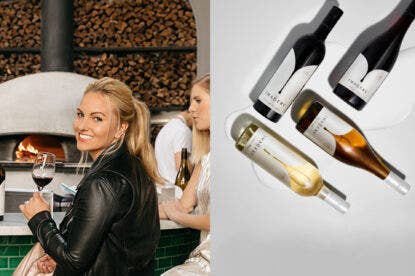
At a mere 52 acres, Coteaux de Tannay is one of the Centre-Loire’s smallest winemaking sites, but as a region in transition, it’s an area to watch.
Like elsewhere in the Centre-Loire, winemaking played a part in the area’s economy for centuries. In the 14th century, viticulture was the dominant activity, and the wines from this area, then called Clamency, were shared throughout France. However, phylloxera, and then the fallout of the first World War, devastated the wine industry. It took many decades for Coteaux de Tannay to regain its footing when it came to vine cultivation. But in the 1980s, the winemaking renaissance which was taking place in neighboring areas such as Côtes de la Charité also touched Coteaux de Tannay. In 2011, it was granted Protected Geographical Indication (PGI) status.
Three variations on calcareous clay soils dominate in the region. “Petites terres” contains small pebbles and stones which provide excellent drainage. The ochre-colored, clay-rich soils found elsewhere stand out vividly against the green leafy vines. In contrast, the third type, locally called “bleached” or “blanchées” is pale in color and fine in texture. Coteaux de Tannay has a sunny, continental climate and large diurnal swings during the growing season, so grapes develop ripeness yet retain great acidity.

Coteaux de Tannay is one of the few areas in Centre-Loire where Sauvignon Blanc isn’t the focus; instead, Chardonnay and Melon de Bourgogne are the dominant white varieties. Round in texture with striking minerality, they are both refreshing and complex at the same time. Pinot Noir and small amounts of Gamay are cultivated for red wines. Red and black fruits, plus notes of pepper and spice, rise up out the glass. Elegant yet structured, these reds have tons of character. Rosé is made from the aforementioned red varieties, but Pinot Gris also is used for rosé production. The pure berry fruit qualities come through immediately, but delicate floral aromas also make their presence known in the rosé wines.
A tight-knit community of just seven producers works in the Coteaux de Tannay, but the quality white, red, and rosé wines coming from the region give it an outsized presence.
<< Return to Centre-Loire Main Page
Last Updated: September 28, 2022















